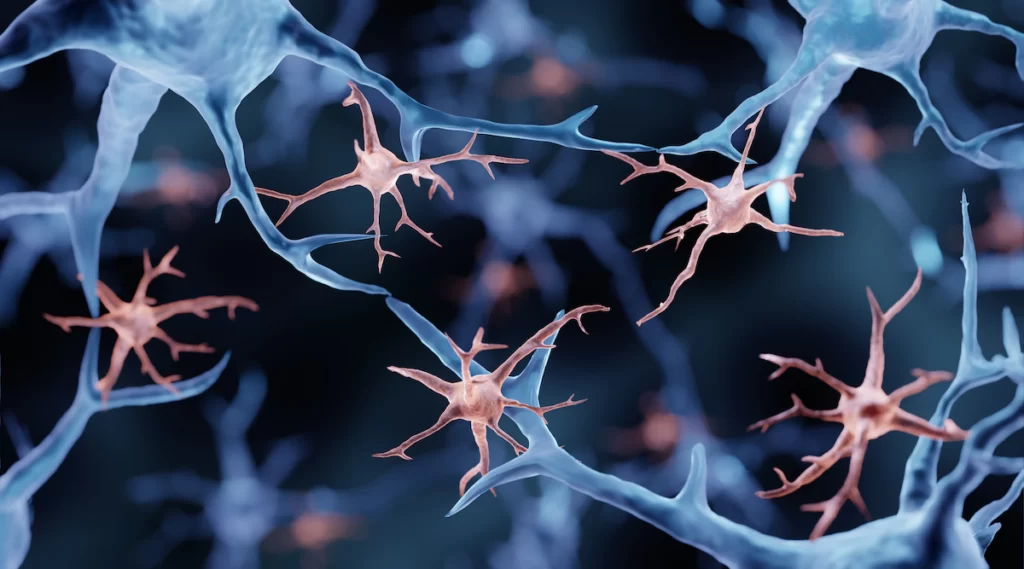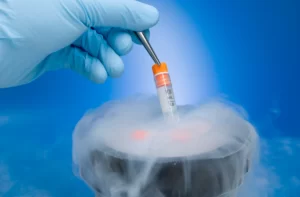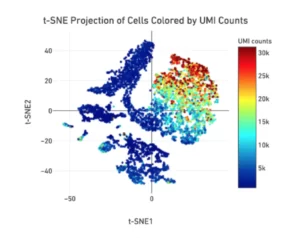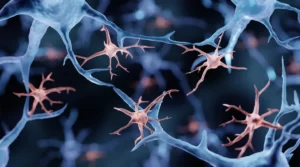In modern history there have been two major technology revolutions that have changed how we look at individual cells. DNA sequencing — which became effective for single-cell applications with the advent of next-generation sequencing platforms — is incredibly powerful, but it is also expensive and destructive, since cells do not survive the analysis process. Flow cytometry, on the other hand, is much simpler and cheaper. But because experimental outcomes are defined by which antibodies are chosen, it cannot offer a holistic, unbiased approach for cellular analysis.
Here at LevitasBio, we are in the process of commercializing new technology that we believe will be transformative for cellular analysis, even though it’s based on concepts that have been mainstays in biology for generations. Our tools rely on a simple and widely accepted observation: cells have unique density signatures that make it possible to sort and separate them. It’s the same concept that makes the centrifuge an essential tool for molecular biology labs.
The LevitasBio technology takes this idea one step further. By subjecting cells in a capillary to a magnetic field using our device, we can identify, isolate, quantify, collect, and test cells based on their magnetic and density profiles — in short, by the way they levitate in that magnetic field. Robust experimental validation has shown that this approach can successfully sort cells by type (such as red blood cells, white blood cells, and circulating tumor cells) or state (such as live or dead, or by response to a drug or stressor). The technique makes it possible to take these very well understood principles and apply them to lots of exciting new questions, including allowing scientists to more accurately characterize the heterogeneity of a cell population or monitor response to a compound. Importantly, the gentle method enables the collection of live cells for in-depth analysis and in vitro testing.
External academic teams are now using early-access versions of the LevitasBio system, and it’s already evident that we are just scratching the surface of possible applications. It feels a bit like the early days of flow cytometry, when ways to use the tool were limited only be scientists’ imaginations. It will be years before we can appreciate the full range of opportunities afforded by magnetic levitation technology. Until then, we can see that these systems will allow scientists to embark on entirely novel explorations of cells and cell populations, answering questions that we couldn’t even dream of asking before now.







